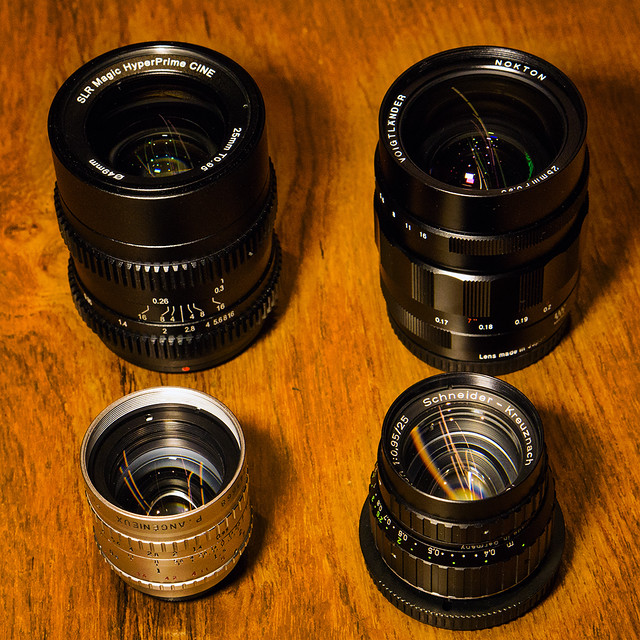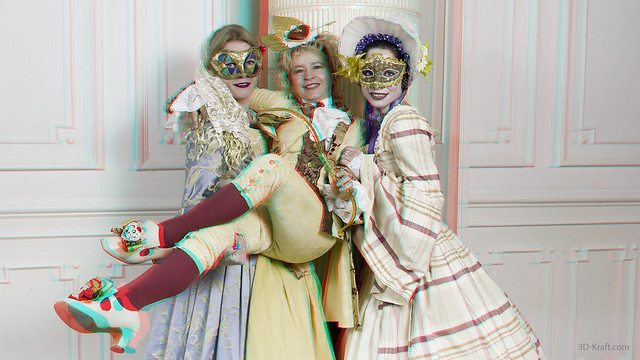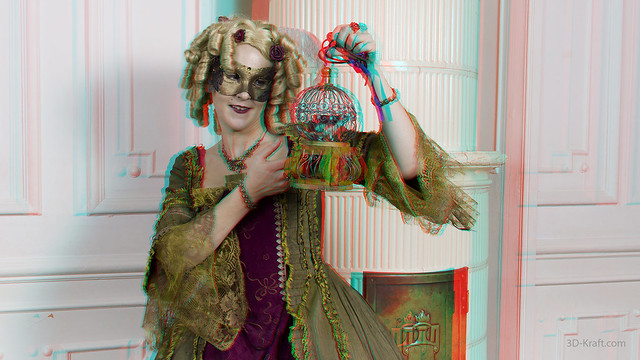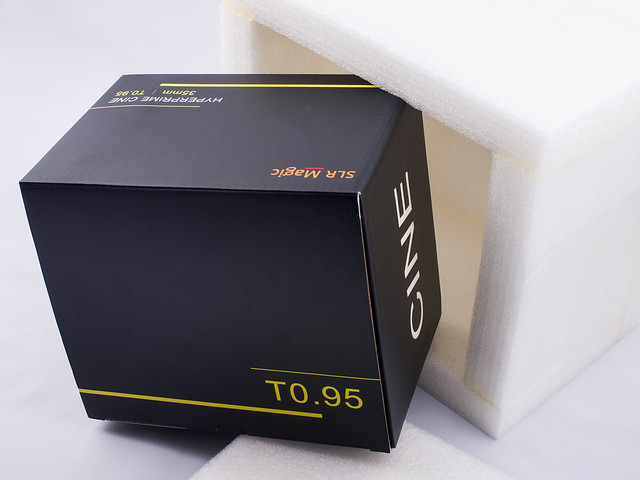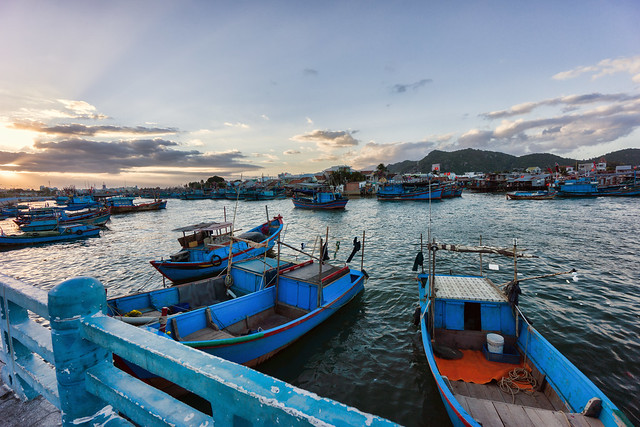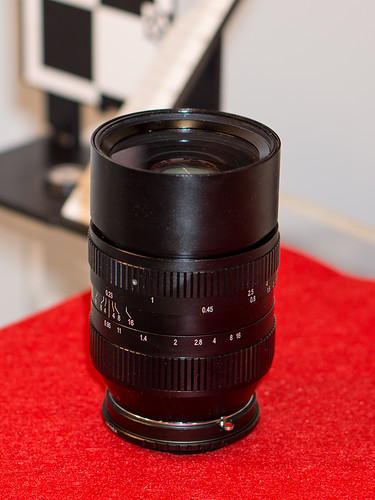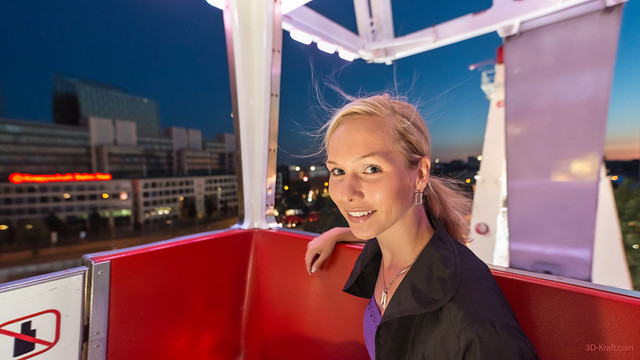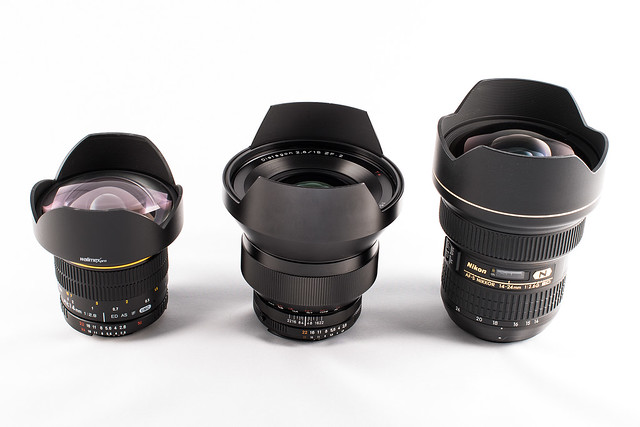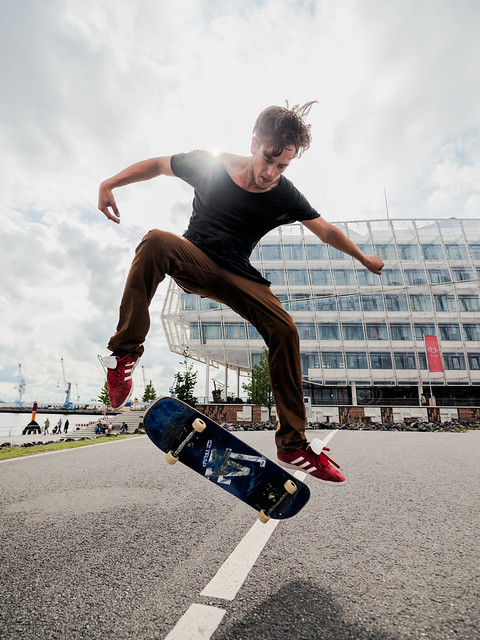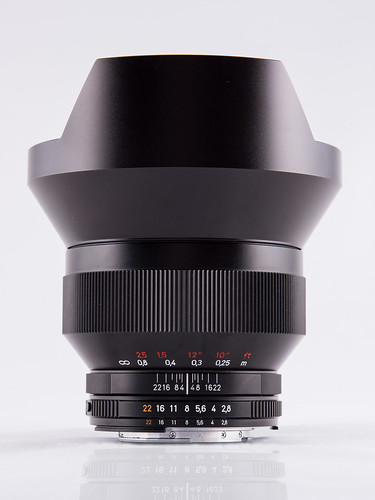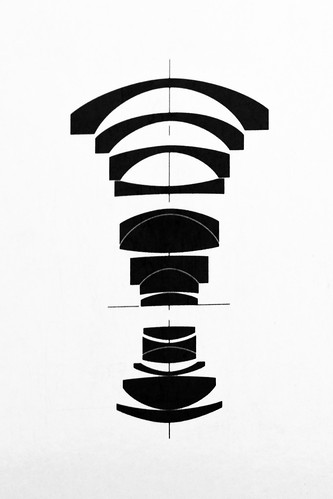28 Feb. 2013 - Last week was one of the highlights of my trip through Southeast Asia as I had the chance and pleasure to compare the upcoming SLR Magic HyperPrime CINE 25mm T0.95 to three other highly adorable, wide open 25mm F0.95 lenses. Let us see how they perform on the latest mFT camera, the Lumix GH3!
This little shootout was more a kind of spontaneous incident as we had some daylight remaining at the end of an "Adorable 35s" session planned for that day in Hong Kong with Andrew Chan and some friends. Andrew is the driving force of SLR Magic and very passionate about great lenses - not only those he builds by himself. But let me state that I am not affiliated with SLR Magic and payed for all lenses I got from them. We got some kind support from Bertille Tabourot, who is a stylist and fashion designer from France, living currently in Hong Kong. For this comparison shooting she took the chance to present one of her fancy creations acting as a freelance model.
But now let's talk about the principal performers of this shootout ordered by "age":
- P. Angenieux Paris 25mm Type M1 f/0.95
This very compact and beautyful lens was developed in 1953 and at that time the fastest 25mm design. One of the early copies was used by NASA to take the first photographs of the moon from a lunar probe. It is said to have a very cinematic look, a nice bokeh when used wide open and sharp look when stopped down. It is quite hard to find and prices may be around 1500 US$ when in good condition. - Schneider-Kreuznach Xenon 25mm F/0.95
Schneider Xenon designs have their origin already in 1925 when Tronnier derived it as an asymmetrical derivative of the classical double-Gauss design. The Xenon 25mm f/0.95 became available in the 1960s. The particular copy used in this test was manufactured in late 1978 or 1979 and was equipped with a built-in center spot ND filter that could be ordered for special applications. Current versions do not have that filter and look a bit different, see here. Used prices will vary between 800 and 1500 US$ depending on condition and type. - Voigtländer Nokton 25mm f/0.95
This lens was developed by Cosina Voigtlander and became available for the MicroFourThirds mount in 2010. It is known to be already pretty sharp wide open with increased sharpness when stopped down to F1.4 to F2.0. Price is about 1200 US$. - SLR Magic HyperPrime CINE 25mm T0.95
Production version will become likely available in April 2013 and will start at a price of 799 US$. It has cinema lens gears and aperture keeps round even when stopped down. In this comparison we used a pre-production (step 2) sample. For a rating of sharpness and bokeh please see my conclusion at the end of this article.
Overall Picture Comparison (F0.95 / T0.95)
The following pictures were all shot from the same postion between 6:19 and 6:27 p.m. on a cloudy day already after sunset in order to get a nice light mood with some point shaped highlights in the background. To avoid motion blur, exposure times were kept at 1/125s which results in ISO settings already between 400 and 1000 (due to differences in transmission/vignetting and sligthly dimming light) and of course we used a tripod.
Let us start with the Angenieux 25/0.95 at open aperture:



